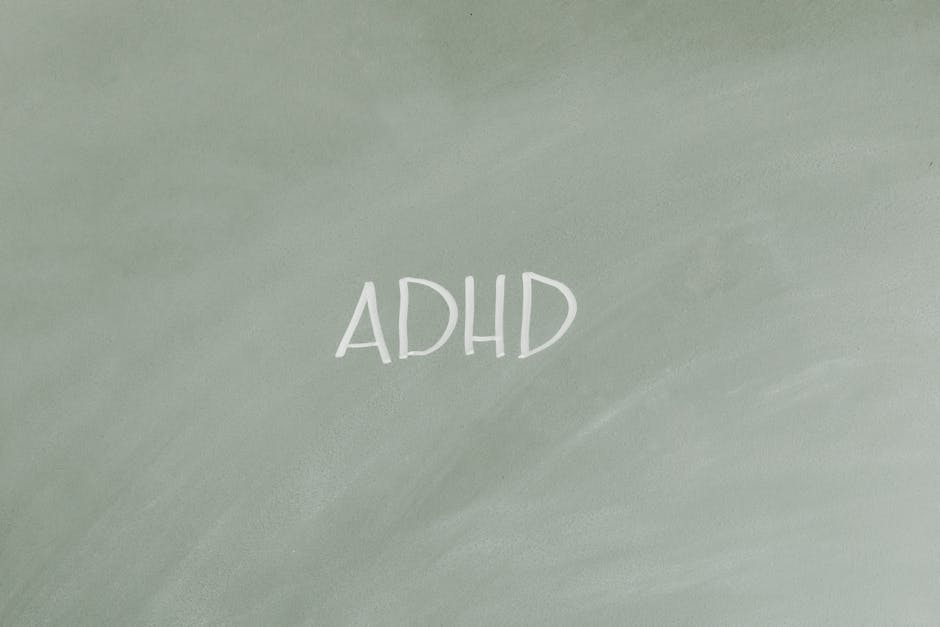Understanding the Term “Brain Dead”
The term “brain dead” carries significant weight, often evoking images of irreversible damage and the complete cessation of brain function. However, the precise meaning and implications of this term require careful consideration, as it’s a complex medical diagnosis with legal and ethical ramifications. This article delves into the definition of brain death, its diagnostic criteria, the differences between brain death and other conditions, and the ethical and legal considerations surrounding it.
What Does Brain Dead Mean?
Brain death, also known as irreversible coma, is the complete and irreversible cessation of all brain functions, including the brainstem, which controls vital functions like breathing and heartbeat. It’s not simply unconsciousness or a vegetative state; it signifies the permanent and utter loss of all brain activity. This is a profound and definitive state, distinct from other conditions involving impaired consciousness.
Diagnostic Criteria for Brain Death
Diagnosing brain death is a rigorous process that involves a multidisciplinary approach, usually including neurologists and other medical specialists. The criteria vary slightly depending on the country and specific medical institution, but generally include the following:
- Irreversible coma: The patient is unresponsive to any stimuli, including painful ones.
- Absence of brainstem reflexes: These reflexes, crucial for basic life functions, are absent. Examples include the pupillary light reflex (pupils failing to constrict in response to light), corneal reflex (no blinking when the cornea is touched), oculocephalic reflex (eyes failing to move when the head is turned), and oculovestibular reflex (eyes failing to move when cold water is irrigated into the ear).
- Apnea test: This test checks for spontaneous breathing. After pre-oxygenation, the ventilator is temporarily discontinued, and the patient’s respiratory effort is observed. The absence of spontaneous breathing, even with elevated carbon dioxide levels, indicates the absence of respiratory drive from the brainstem.
- Confirmatory tests (sometimes): In some cases, additional tests such as an electroencephalogram (EEG) which measures brain electrical activity or cerebral angiography (which visualizes blood flow in the brain), might be performed to further confirm the diagnosis. However, these are not always necessary, as clinical examination is the primary basis for the diagnosis.
Differentiating Brain Death from Other Conditions
It’s crucial to distinguish brain death from other conditions that might appear similar, such as:
Coma
Coma is a state of prolonged unconsciousness. While coma can be severe, it’s not necessarily irreversible. Patients in a coma may have some residual brain function, and they may recover.
Vegetative State
A vegetative state, also known as unresponsive wakefulness syndrome, involves wakefulness but with no awareness or cognitive function. Patients may have sleep-wake cycles and exhibit reflexes, but they are not conscious.
Minimally Conscious State
In a minimally conscious state, patients show inconsistent but discernible signs of awareness, such as following simple commands or showing purposeful behavior. This is a significantly higher level of function than a vegetative state.
Locked-in Syndrome
Locked-in syndrome is a condition in which patients are fully conscious but unable to move or communicate verbally due to paralysis. They retain cognitive functions and are aware of their surroundings.
Ethical and Legal Considerations
The diagnosis of brain death has significant ethical and legal ramifications, particularly concerning organ donation. Once brain death is confirmed, the individual is legally considered dead, and organ donation can proceed. However, the confirmation process needs to be meticulous to ensure accuracy and avoid any errors that might lead to premature organ harvesting.
Ethical considerations center on the definition of death itself, the role of families in decision-making, and the emotional and spiritual implications for grieving families. Many cultures and religions have specific beliefs about death and dying, which should be respected and considered in decision-making regarding end-of-life care.
The Role of Technology in Diagnosis
Advancements in medical technology have significantly improved the accuracy and reliability of brain death diagnosis. While clinical examination remains the cornerstone of the process, tools like EEG and cerebral angiography can provide valuable supporting evidence. Moreover, technology is constantly evolving, potentially leading to even more precise diagnostic methods in the future.
Brain Death and Organ Donation
Organ donation after brain death is a vital source of organs for transplantation. The timely and accurate diagnosis of brain death is essential for facilitating this life-saving process. Public awareness and education are crucial in overcoming misconceptions and promoting the understanding of brain death and its importance in organ donation.
Cultural and Religious Perspectives on Brain Death
Different cultures and religions hold varying beliefs about death and the criteria for determining death. These diverse perspectives must be respected and carefully considered when discussing brain death with families and making end-of-life decisions. Medical professionals need to be sensitive and empathetic when navigating these culturally and religiously sensitive matters.
Future Research and Developments
Research continues to refine the understanding of brain death and improve diagnostic methods. Studies focus on improving the accuracy of clinical assessment, exploring the potential of advanced imaging techniques, and investigating the neurobiological processes underlying the irreversible cessation of brain function. These advancements will undoubtedly contribute to better care and support for patients and their families.
Conclusion
Brain death is a definitive and irreversible condition representing the complete and permanent cessation of all brain function. Its diagnosis is rigorous and involves a multidisciplinary approach. Understanding the distinction between brain death and other conditions, along with the associated ethical and legal considerations, is crucial for medical professionals, policymakers, and the public. Continued research and education will enhance our understanding and facilitate appropriate and compassionate care for those affected by this complex medical issue.

